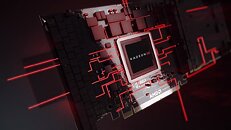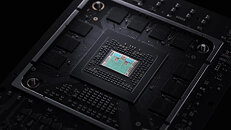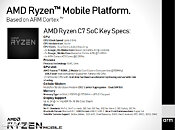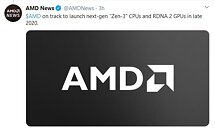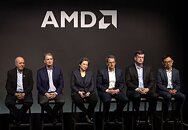
AMD RDNA 2 "Big Navi" to Feature 12 GB and 16 GB VRAM Configurations
As we are getting close to the launch of RDNA 2 based GPUs, which are supposedly coming in September this year, the number of rumors is starting to increase. Today, a new rumor coming from the Chinese forum Chiphell is coming our way. A user called "wjm47196" known for providing rumors and all kinds of pieces of information has specified that AMD's RDNA 2 based "Big Navi" GPU will come in two configurations - 12 GB and 16 GB VRAM variants. Being that that is Navi 21 chip, which represents the top-end GPU, it is logical that AMD has put a higher amount of VRAM like 12 GB and 16 GB. It is possible that AMD could separate the two variants like NVIDIA has done with GeForce RTX 2080 Ti and Titan RTX, so the 16 GB variant is a bit faster, possibly featuring a higher number of streaming processors.
